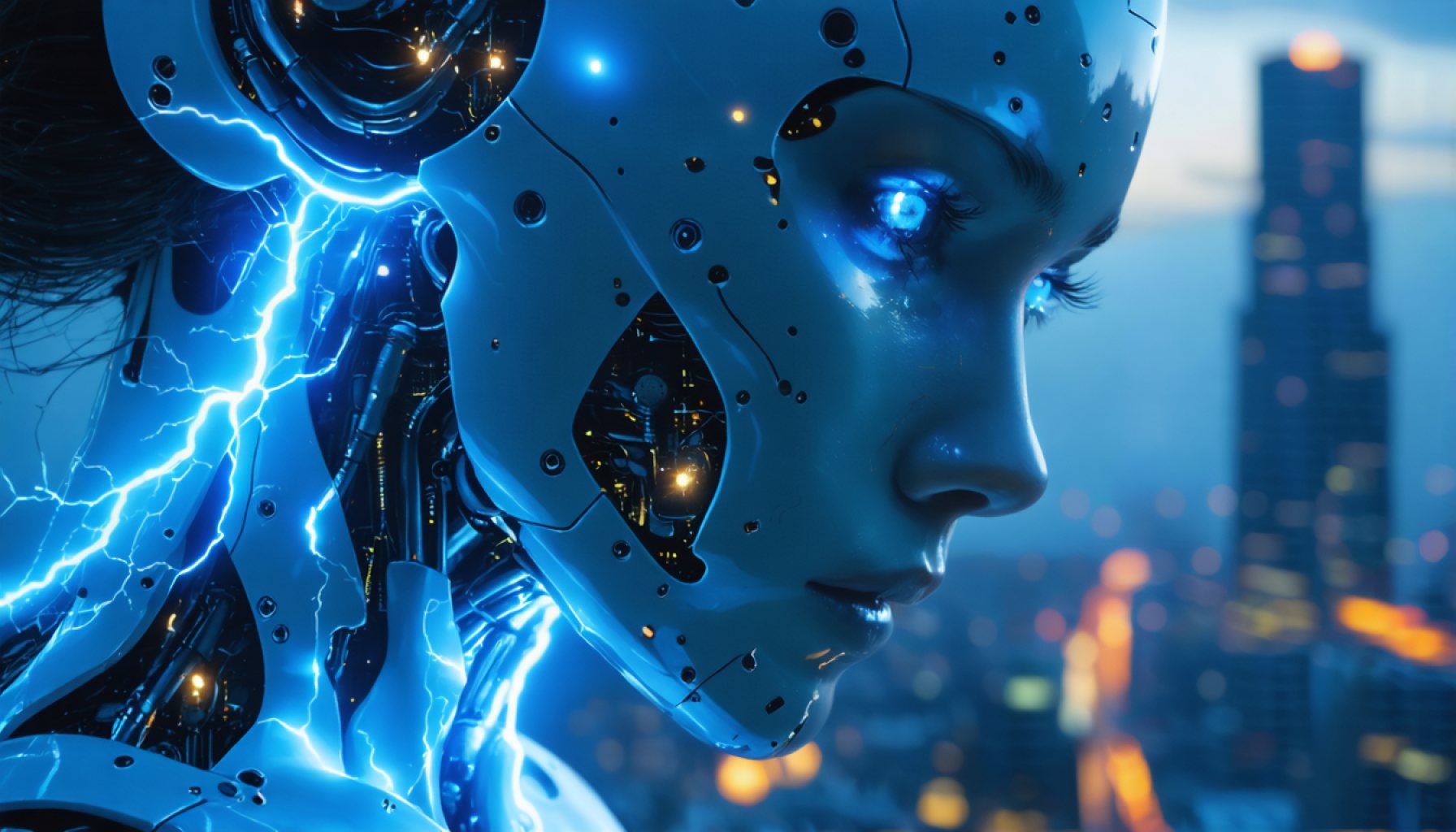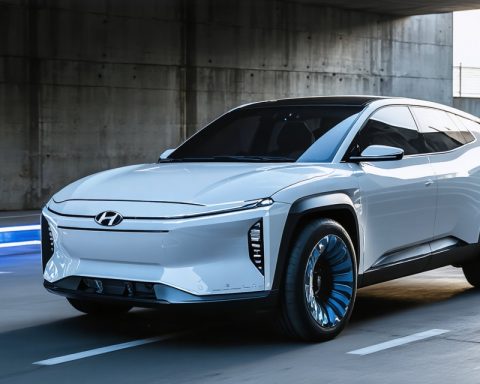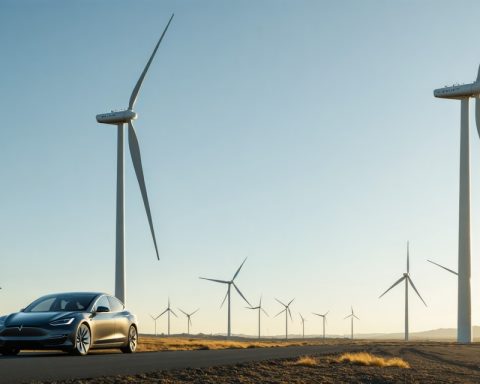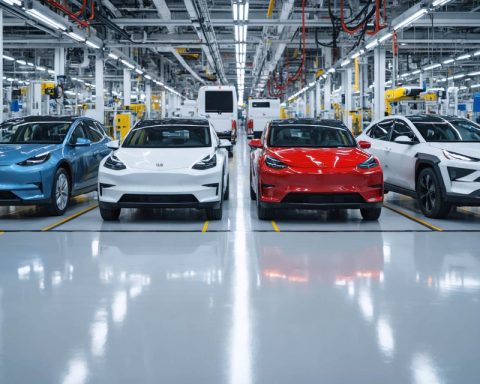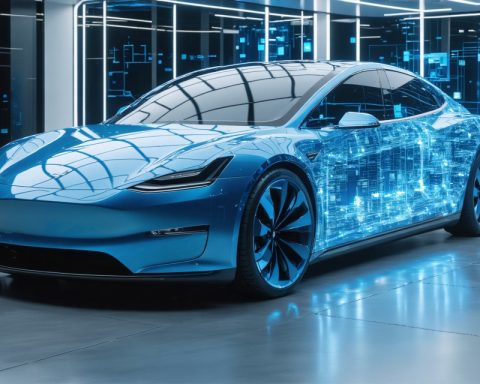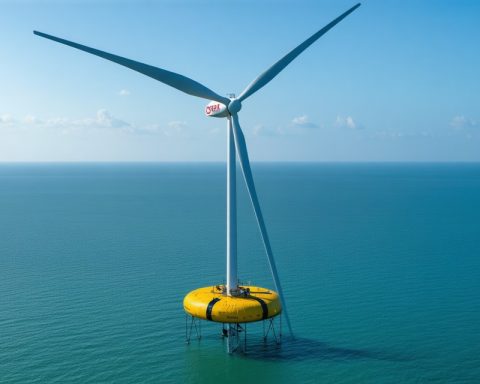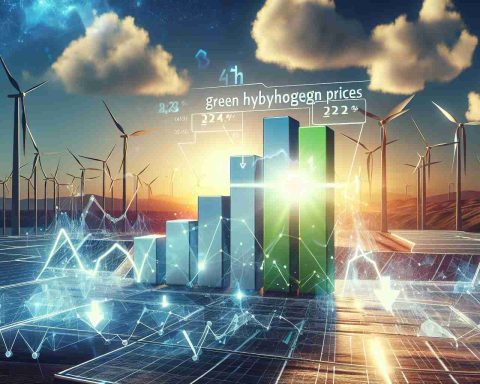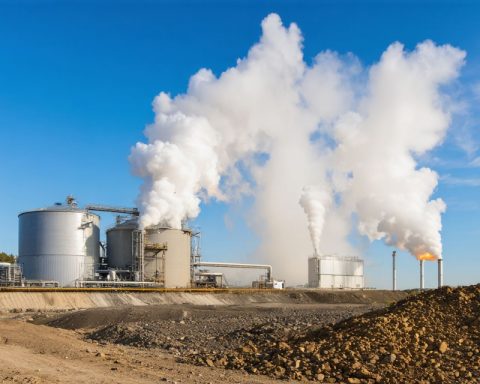- The U.S. faces an energy crisis driven by rising AI demands, prompting calls to boost power production by 10-15%.
- AI technologies like ChatGPT-4 consume vast resources, with models costing up to $191 million in energy use.
- Data centers are predicted to account for 6% of U.S. energy usage by 2026, according to the International Energy Agency.
- Doug Burgum advocates for enhanced infrastructure, including transmission lines and power plants, to meet energy needs.
- Environmentalists promote a shift to renewable energy sources, opposing “clean coal” due to environmental and health concerns.
- Innovations like small modular nuclear reactors from companies like Oklo offer alternative clean energy solutions.
- Burgum’s “all-of-the-above” energy policy seeks a diversified approach, balancing traditional and renewable sources.
- Reducing personal energy consumption, combined with legislative advocacy, could influence the future energy landscape.
A digital revolution marches forward, fueled by an unquenchable thirst that could soon ignite an energy crisis. The U.S. Secretary of the Interior, Doug Burgum, has sounded the alarm, urging American power plants to surge production by 10% to 15% to meet the insatiable demands of artificial intelligence (AI). This call to action underscores a complex, looming dilemma: as AI’s capabilities expand, so too does its ravenous appetite for energy.
Electricity forms the bedrock of our digital age, and AI is its most voracious consumer. Striking imagery from recent data highlights the sheer scale of this hunger. Models like ChatGPT-4 and Gemini 1 devour resources at a staggering cost of up to $191 million, not counting the payroll to keep such behemoths operational. With AI etching deeper grooves into our societal framework, the International Energy Agency warns of data centers claiming 6% of the U.S.’s energy usage by 2026 — a slice of the power pie that cannot be ignored.
Burgum, known for his multidimensional approach as the former governor of North Dakota, asserts that meeting this demand requires more than just increased output. He advocates for an infrastructure renaissance: constructing transmission lines, natural gas pipelines, and new power plants. Yet, the proposal isn’t without controversy. Clean energy advocates recoil at the notion of “clean coal,” pointing to the environmental toll and public health risks tied to coal combustion.
In sharp contrast, voices from the environmental sector, personified by the Sierra Club’s Melinda Pierce, urge a pivot towards renewables — sun, wind, and water. Their argument is both compelling and urgent: energy that’s not just abundant, but also kind to our planet. Companies like Oklo are engineering tomorrow’s solutions today, with small modular nuclear reactors on the horizon. These units promise a cleaner break from traditional coal and gas, albeit with their own set of challenges.
As Burgum challenges the nation to ramp up energy production, he stops short of endorsing a full-scale switch to renewables. Could the solution lie in his visionary “all-of-the-above” policy, a strategic blend to ensure energy independence? A legacy of his time in North Dakota, this philosophy could pave the way for a diversified energy future, but only time will reveal if it is adopted on a national scale.
As AI’s shadow lengthens over the energy landscape, it beckons each of us to reconsider our own digital footprints. Scaling down may not alter the trajectory overnight, but multiplied by millions, these ripples of change matter. Legislative advocacy combined with personal accountability might just tip the balance.
In a world where technology’s advance seems unstoppable, the onus is on us all to advocate wisely and consume responsibly. The stakes are high, for our wallets and our world. As the next chapter of the AI saga unfolds, how we choose to power innovation could shape our collective future.
How Artificial Intelligence Could Spark an Energy Crisis: Solutions and Insights
The Growing Energy Demands of Artificial Intelligence
Artificial intelligence (AI) technologies have become integral to numerous industries, boosting productivity and innovation. Yet, as AI capabilities expand, so does its energy consumption—a point of contention raised recently by U.S. Secretary of the Interior, Doug Burgum. The surge in demand highlights a potential energy crisis looming on the horizon.
According to estimates, advanced AI models, such as ChatGPT-4 and Gemini 1, consume enormous amounts of energy, costing up to $191 million annually. This figure excludes additional operational costs like salaries and maintenance, underscoring the unsustainability of current consumption rates. The International Energy Agency predicts that by 2026, data centers could account for an alarming 6% of U.S. energy use.
Exploring Solutions to the AI Energy Dilemma
1. Infrastructure Enhancement: Burgum suggests bolstering existing infrastructure by building transmission lines, natural gas pipelines, and new power plants. While this approach could meet immediate demands, it might exacerbate environmental concerns, particularly with “clean coal” deemed contradictory by many environmentalists.
2. Renewable Energy Adoption: Environmental advocates, including the Sierra Club’s Melinda Pierce, argue for transitioning to renewable energy sources like solar, wind, and hydropower. These alternatives offer sustainable energy solutions essential for long-term ecological balance.
3. Innovative Technologies: Companies like Oklo are pioneering small modular nuclear reactors as part of future energy strategies. These reactors promise efficient and cleaner energy production compared to traditional fossil fuels, albeit with regulatory and safety hurdles to overcome.
Practical Measures and Life Hacks
– Energy Efficiency in AI: Emphasizing energy-efficient AI system designs could reduce overall consumption, such as implementing efficient algorithms and optimizing hardware usage.
– Community Initiatives: Individuals and communities can advocate for local policies promoting renewable energy projects, thereby reducing dependence on traditional energy sources.
– Smart Technology: Adopting smart grids and meter technologies can optimize energy distribution, reducing waste and improving efficiency.
Trends and Future Implications
The trend toward increased AI energy consumption not only raises questions about sustainability but also highlights the urgency of developing policies that encourage renewable energy and infrastructure investments. The adaptation of an “all-of-the-above” energy strategy could provide a balanced approach to achieving energy independence and sustainability.
Recommendations and Quick Tips
– Encourage AI developers to prioritize energy-efficient practices in their design and operation stages.
– Advocate for corporate responsibility among tech companies in reducing their environmental footprint.
– Support policies and incentives for renewable energy adoption and develop grassroots movements to influence change at community levels.
Conclusion
Balancing the rapid advancements in AI with sustainable energy solutions is crucial. By considering diverse approaches—ranging from infrastructure investment to the adoption of renewables and innovative technologies—we can potentially mitigate an energy crisis while promoting sustainable technological growth.
For further information on renewable energy solutions, please visit the Sierra Club and for insights into advanced modular nuclear reactors, you can check out Oklo.
